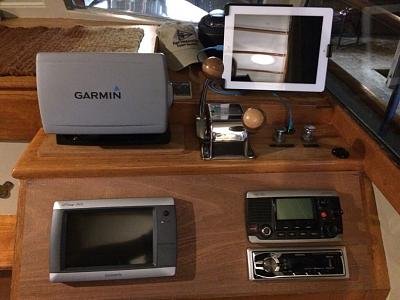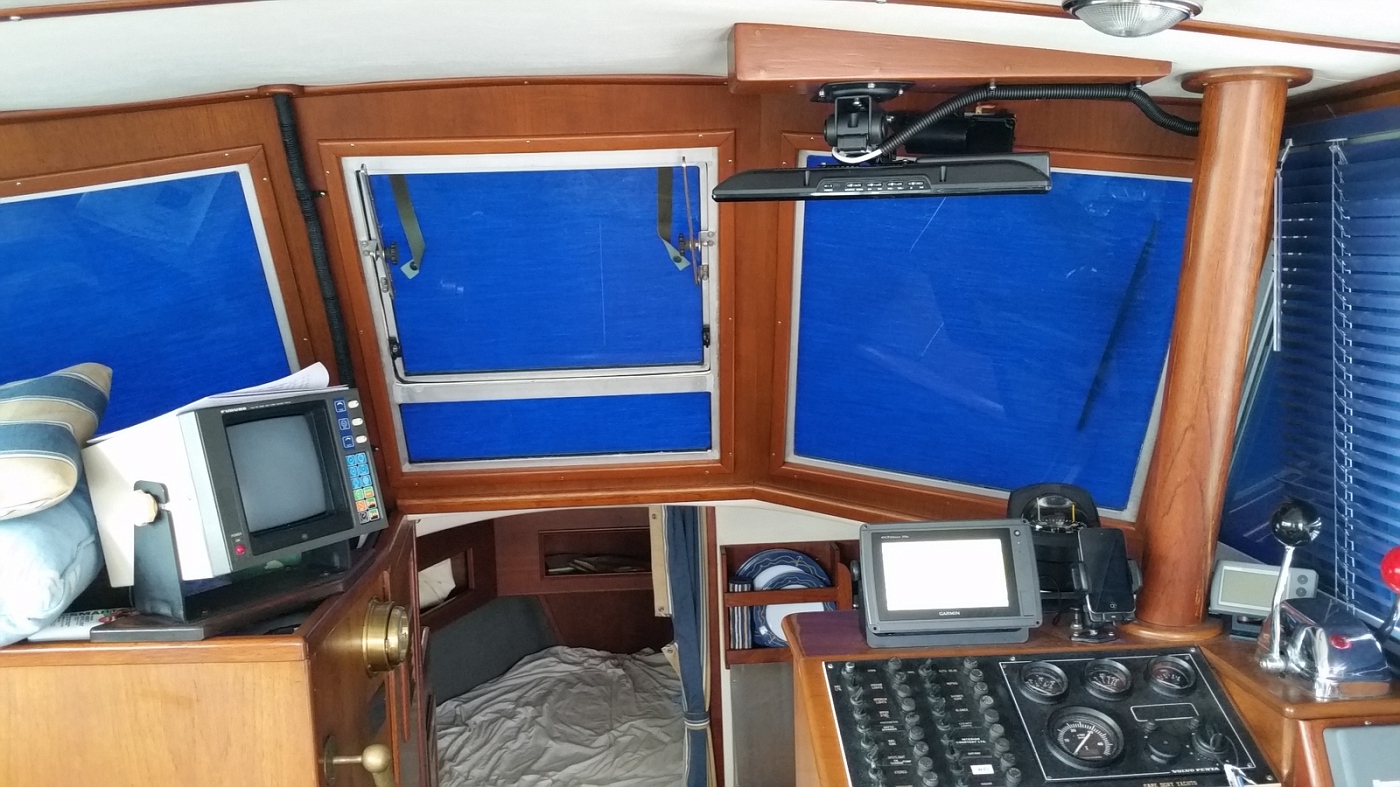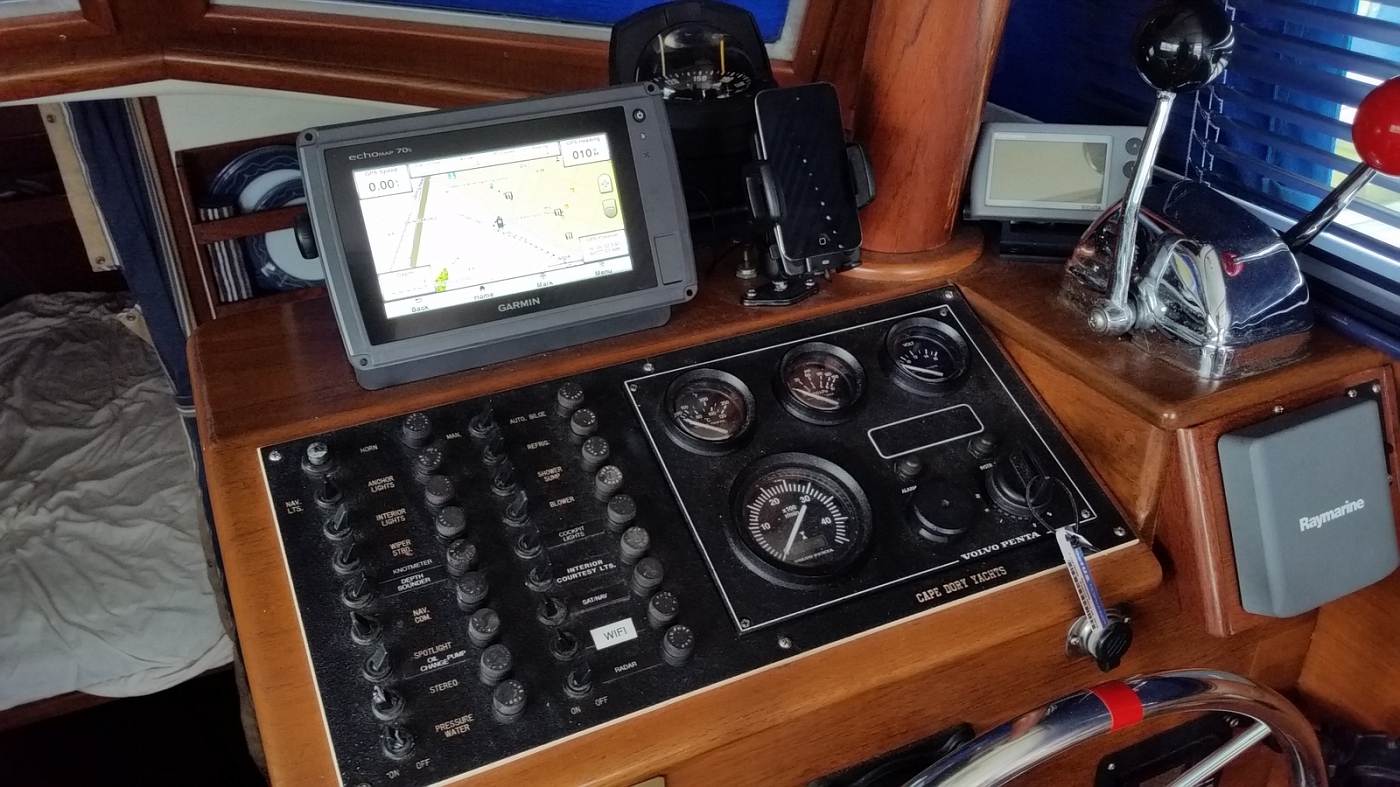Westcoastwannbe
Member
Hi All
Question – looking for ideas. Assume buying an older boat that needs a complete overhaul/replacement of its navigation electronics. I am by nature an extreme minimalist and do not like clutter of any kind so looking for the simplest possible solution.I also dislike and am not comfortable with complex technology…for example, and I not looking to start any arguments and am by no means a zealot about it, but I like Apple products simply because they are simple with a small learning curve, they are robustly built and usually work.
I know some folks love lots displays and information ect and that’s cool, it’s just not for me.
So my criteria is:
Enough electronics for safe reliable navigation while coastal cruising in a typical powerboat...under 50 feet
Modern and up to date technology
Elegant clean look
Easy to learn and use
Fewest possible screens and displays that provide the information I need while traveling in coastal waters
Cost is what it is…willing to pay for a system that meets my criteria
Looking forward to reading your responses and ideas…thanks
Question – looking for ideas. Assume buying an older boat that needs a complete overhaul/replacement of its navigation electronics. I am by nature an extreme minimalist and do not like clutter of any kind so looking for the simplest possible solution.I also dislike and am not comfortable with complex technology…for example, and I not looking to start any arguments and am by no means a zealot about it, but I like Apple products simply because they are simple with a small learning curve, they are robustly built and usually work.
I know some folks love lots displays and information ect and that’s cool, it’s just not for me.
So my criteria is:
Enough electronics for safe reliable navigation while coastal cruising in a typical powerboat...under 50 feet
Modern and up to date technology
Elegant clean look
Easy to learn and use
Fewest possible screens and displays that provide the information I need while traveling in coastal waters
Cost is what it is…willing to pay for a system that meets my criteria
Looking forward to reading your responses and ideas…thanks




